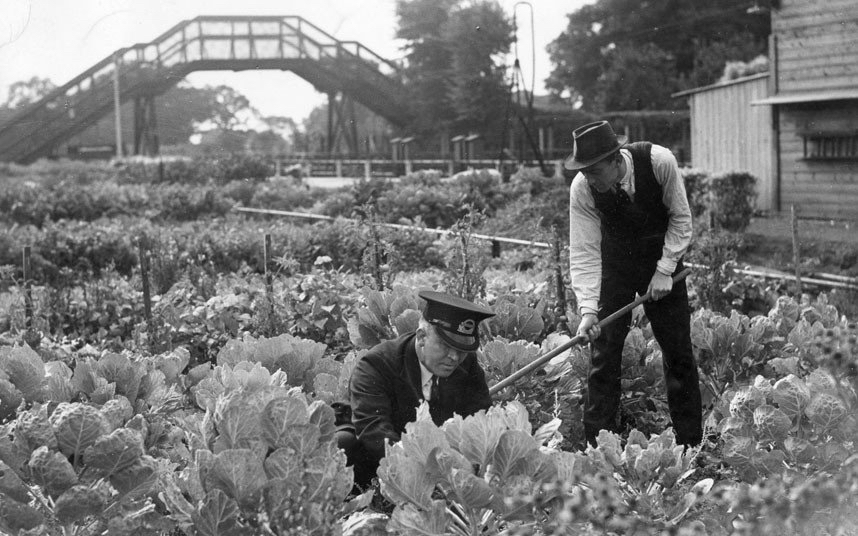Sponge City
Located on the Southwestern coast of China, with the subtropical climate, Hong Kong has a humid and rainy Summer. Since the city is on the rack of tropical cyclones, we always experience heavy and prolonged rain storms at times. Nowadays, when people talk about typhoons, they will only care about how everyone spends their extra holiday, but less attention is given to the discussion of managing the flood, moving their furniture and living in the government’s shelter. In a casual talk with my grandparents, they told me their lives living in the squatter huts in the old days. My grandma said ‘once the typhoon signal is hoisted, we start packing to escape because the rain will seep through the wood and flood the house. Not just our home, but the city centre will also get flooded. Unlike the kids nowadays, we never celebrate the typhoon 'holiday'.
This raises my interest in checking the typhoon history. In 1989 May 16, a tropical depression warning was issued in Philippine1. 2 days later, it was named Brenda. Over the South China Sea, Brenda slowed downed to 13km/h and intensified into a severe tropical storm, a ragged eye was also developed. The North-easterly Gale or Storm Signal, No.8 was hoisted at 5:15 AM. Brenda arrived in Hong Kong on 20 May2. Rainbands associated with Brenda brought periods of heavy rain and frequent squally showers. Within three days, 100 cases of landslides and 118 cases of flooding were recorded. In Tze Wan Shan, 2 people died in the squatter huts due to the mudflow. Besides the damage, his typhoon caused a huge economic loss to the Hong Kong of 2.8 million Hong Kong Dollars3. Brenda's story is one of the typical typhoons that strike Hong Kong every year. IPCC AR5 report has shown that climate change is happening now, so the frequency and severity of the typhoon will increase in the future. Then, what does this implicate?
The increasingly unpredictable weather is partly due to urbanisation. With the increasing convenience in big cities, for example increasing job opportunities, flexible transportation, big shopping centres and public facilities, people would rather live and work in large cities. However, you may not have noticed how urban construction changes the regional climate. Research finds that larger urban scale will increase participation4. According to Megrane’s findings, it shows that the presence of natural and anthropological aerosols will increase the air temperature of the city. While more pavements are made with heat-absorbing materials, the cooling agents such as natural vegetation reduces. Overall, the temperature of urban areas is higher than the surroundings, resulting in the heat island effect. Meanwhile, participation in the downwind area will increase. Trusilova (2018) using Atlanta as a case study, finds that participation has a distinct increase of 8% and 19% in the winter months and summer months respectively5.
The increasingly unpredictable weather is partly due to urbanisation.
Back in Hong Kong, or any tropical to subtropical regions in Southern China, where there is a record of the annual rainfall of 2400mm/yr, water management is a crucial part of urban planning. Entering the 21st century, sustainable cities development has been a trend for city planning. To cope with the new trend, Hong Kong has been upgrading its drainage system and turning to use more soft strategies. In 1999, the Drainage Service Department has completed major flood prevention projects. Don't look down on the water harvesting system, it is like the capillaries in our bodies that work around the clock to safeguard the lives and property of Hong Kong society.
Entering the 21st century, sustainable cities development has been a trend for city planning.
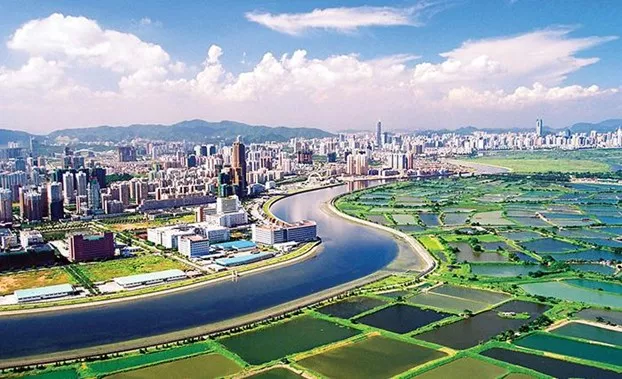
‘Sponge City’ is a term referring to the water management and drainage planning in a city. The metaphor of the sponge implies the water absorbing function of the city. Then, you may wonder where do we store the tanks and pipes? As known, Hong Kong is short of land available for development, so how can we do that? Indeed, in developing new areas, for example, the newly built Anderson Road Quarry site, the underground stormwater storage tanks are constructed. Not only can we find the storage tanks there, but also other water management technologies such as green roofs, porous pavement etc. Besides the storage tank, a first-of-its-kind lake park was also built for flood control and leisure purposes. Besides the tanks, artificial lake could be found for contemporary water reserve that will be transported to other tapes and will be used for gardening6.
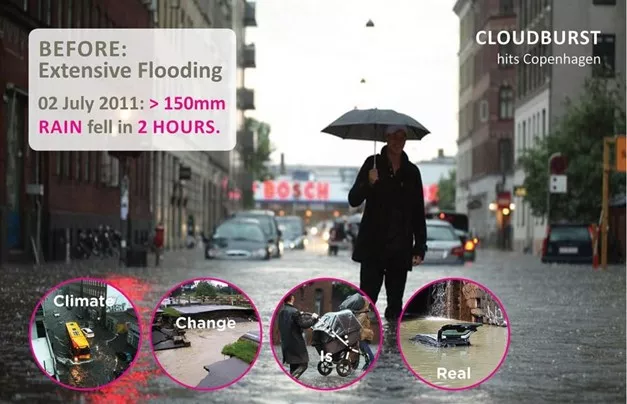
Outside Hong Kong, here review of some typical cases of water management in other cities.
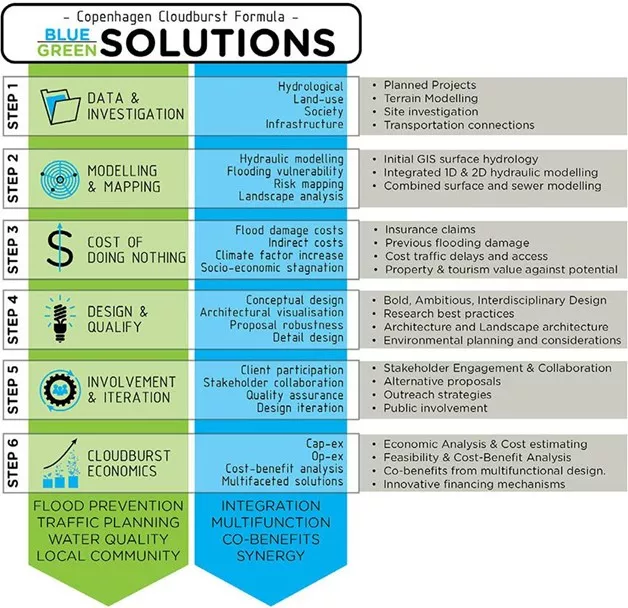
Hard strategies are rather unpopular due to its huge cost in construction. In view of this, Copenhagen, where the urban planner is using the blue-green surface solution to reduce piping infrastructure has to give a new solution to cut the cost. They are using the Copenhagen Cloudburst Formula to record, analyse and predict the precipitation. Meanwhile, they also encourage the use of natural resources, for example constructing parks in the city. Interestingly, a study shows that parks are proven to increase property value by 10-15% which means that the urban planners can now opt for low-cost but higher floodwater resilience choices7.
After all, compared with the loss of property during extreme weather, building a safe and comfortable living environment was the priority of the planners. Inspired by the Wuhan flooding, it is hoped that this article could give you deeper thoughts on climate change and mitigation methods. As an individual, we are passive in modifying the city master plan, but we are the master of our lives, at least we have a choice on living green and sustainable.
1https://en.wikipedia.org/wiki/Typhoon_Brenda_(1989)
2Hong Kong Observatory. (n.d.). tc1989. Retrieved August 20, 2021, from https://www.hko.gov.hk/en/publica/tc/files/tc1989.pdf
3Land Squatters. (2012). Hong Kong Memory. https://www.hkmemory.hk/collections/public_housing/land_squatters/index.html
4S. J. McGrane Hydrological Sciences Journal. (2016)
5Trusilova, K., et al.,2008. Urbanization impacts on the climate in Europe: Numerical experiments by the PSU-NCAR Mesoscale Model(MM5).Journal of Applied Meteorology and Climatology, 47, 1442–1455. doi:10.1175/2007JAMC1624.1
6Green Power. (2020, June). Sponge City. https://www.greenpower.org.hk/html5/eng/fe_147.shtml
72016 ASLA ANALYSIS & PLANNING AWARD OF EXCELLENCE: The Copenhagen Cloudburst Formula by Ramboll and Ramboll Studio Dreiseitl. (2016, October 19). Gooood. https://www.gooood.cn/2016-asla-copenhagen-cloudburst-formula-by-ramboll-and-ramboll-studio-dreiseitl.htm

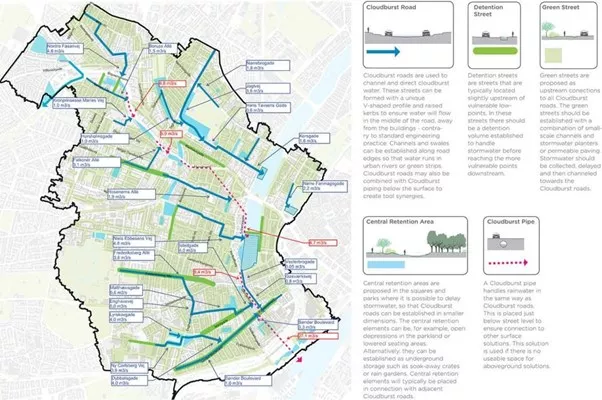
![[Sustainable Living Pod EP.2] Aquaponics in HKUST](/sites/default/files/impact/image/Aquaponic.png)
![[Sustainable Living Pod EP.3] AI Ambassador](/sites/default/files/impact/image/AI%20Ambassador.png)

